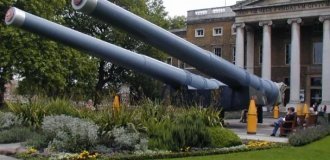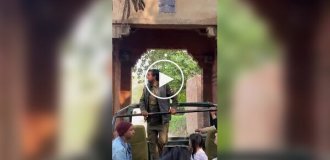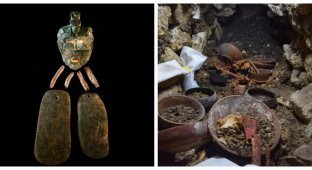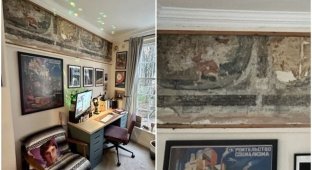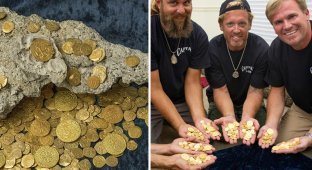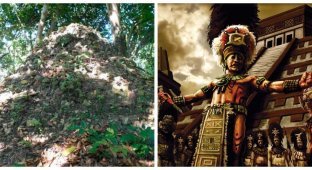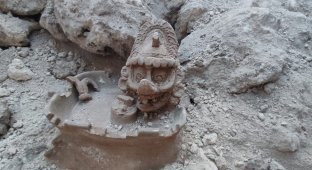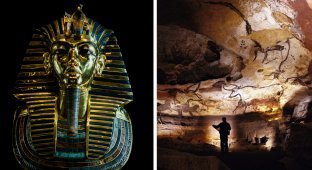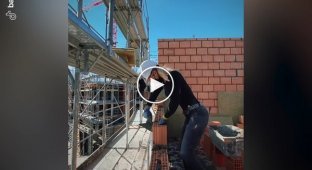7 random archaeological finds that amazed the world (8 photos)
Archaeologists spend their entire lives studying historical events and ancient civilizations. But some amazing discoveries are made by ordinary people who stumble upon incredible archaeological discoveries by accident. Take a look! 
1. Ancient Mayan Mural in the Kitchen 
While renovating his kitchen, Lucas Acicona Ramirez discovered what is believed to be a Mayan mural from around 800 A.D. in Chajul, Guatemala. Since Chajul is nearly 300 years old, experts believe there may be similar murals hidden in other homes in the city.
2. The Treasure of Childeric I 
In 1653, a laborer named Adrien Quinquin was digging the ground adjacent to the Church of Saint-Brice in Tournai, south of Brussels, Belgium, when instead of dirt he found gold coins. He also found horse accessories and buckles, a gold torch, a gold bull's head, and 300 gold bees. Childeric I was a Merovingian king of the Franks from approximately 457 to 481. The first Frankish king whose existence is confirmed not only by written but also by material historical sources.
3. Graubal Man, the best-preserved mummy in the world 
Workers were digging peat, but instead of peat they found something else. It was the perfectly preserved mummy of Graubal Man; his hair and nails were intact after centuries. The discovery took place on April 26, 1952. The mummy dates back to the end of the 3rd century BC and has been repeatedly examined; scientists were even able to take fingerprints.
4. Ancient Roman Villa in a Home Garden 
It was a stroke of luck for English carpet designer Luke Irvine when he asked electricians working in his garden to lay some cables. The excavations led to the discovery of an ancient Roman Palatine villa. Like Irvine, the archaeologists were also amazed by the discovery. While the electricians were digging, they found a hard layer about half a metre below the surface, on which pieces of mosaics were clearly visible. According to archaeologists, this is a key discovery and could open up a vast knowledge base about British history during the reign of the Roman Empire.
5. Rosetta Stele 
The Rosetta Stele is a granite slab dating to 196 BCE with an inscription that was the key to deciphering ancient Egyptian hieroglyphs. The stone was discovered on July 15, 1799, by Pierre Bouchard, a lieutenant in the French army in Egypt, while constructing Fort Saint-Julien near Rosetta on the western branch of the Nile Delta. The text of the stone is a thank-you inscription that was given in 196 BCE. Egyptian priests addressed Ptolemy V Epiphanes, a monarch of the Ptolemaic dynasty.
6. Skeletons of 51 decapitated Vikings, accidentally found by a construction firm 
In 2010, a construction firm discovered 51 headless Viking skeletons near Weymouth, England. From the start, the identity of the group was shrouded in mystery. Analysis of the teeth of 10 men revealed that they were from countries with colder climates than the UK. Oxford archaeologists believe the men were likely executed in public by local Anglo-Saxons between 910 and 1030 AD. Radiocarbon dating later showed the skeletons actually dated to the Saxon period.
7. Roman remains in Sofia, Bulgaria, discovered during metro work 
Workers digging a new metro line in Sofia, Bulgaria, have stumbled upon Roman ruins from the 4th century AD. Beneath modern-day Sofia were the remains of Serdica, a bustling and cosmopolitan city where Constantine the Great, the first Christian Roman emperor, lived for a year while searching for a new capital for his empire.
